[trigger warning: this post discusses some distressing details of animal harm]
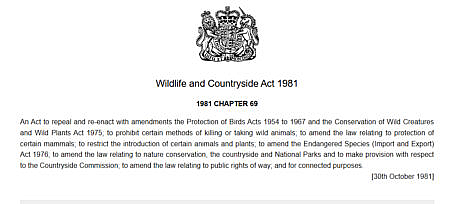
You don’t have to be interested in British nature for very long before you hear the words “schedule 1”. It’s a reference to part of the Wildlife and Countryside Act 1981, the very thin piece of paper which is all that sits between Britain’s wildlife and those who wish it harm. The recent news that people from the UK were involved in a “baby monkey torture” group, paying individuals overseas to make videos of live baby monkeys being tortured says that this country has its fair share of sick individuals happy to destroy what little wildlife we still have. It came as no surprise to me: I spoke once to a woman who had watched a gang of youths in the Forest of Dean attacking a pregnant wild boar sow with clubs, and recently to a man who had found a Sika deer that had been deliberately hung up in a tree by its leg then left to die in agony.
But it isn’t just the depraved behaviour of a few individuals that causes issues. I once watched a man completely ignore signs asking people to stay on footpaths because of rare orchids in nearby grass, trampling them underfoot in his desperation to get a good photo of a rare butterfly. When I challenged his behaviour I got a stream of abuse. I got my own perfectly good photos of the same butterfly in the car park. I have been endlessly abused for asking people to put their dogs on leads in nature reserves where, completely ignoring the signs asking that dogs be kept on leads, the dogs are loosed to chase deer and ground-nesting birds. There seems to be a particular blindness in some dog walkers, who will specifically travel to nature reserves to exercise their dogs in the few sanctuaries our wildlife has left.
So where does Schedule 1 come in? The Wildlife and Countryside Act schedules determine how much protection is given to a particular species. Schedules 1 (birds),5 (animals), and 8 (plants) determine which plants and animals are protected from things like intentional killing, injuring, and taking from the wild. They also prohibit possession and trading (buying and selling) and prevent damage to places that our wildlife uses for shelter or protection. (There are a lot more words, including a lot of exceptions, but that’s the nub of it).
But here’s the problem: the Wildlife and Countryside Act also makes it an offence to “intentionally or recklessly” disturb any species in a place it uses for shelter or protection. That’s a remarkably subjective threshold for a criminal offence, and it’s also really hard to prove. Take this photo:
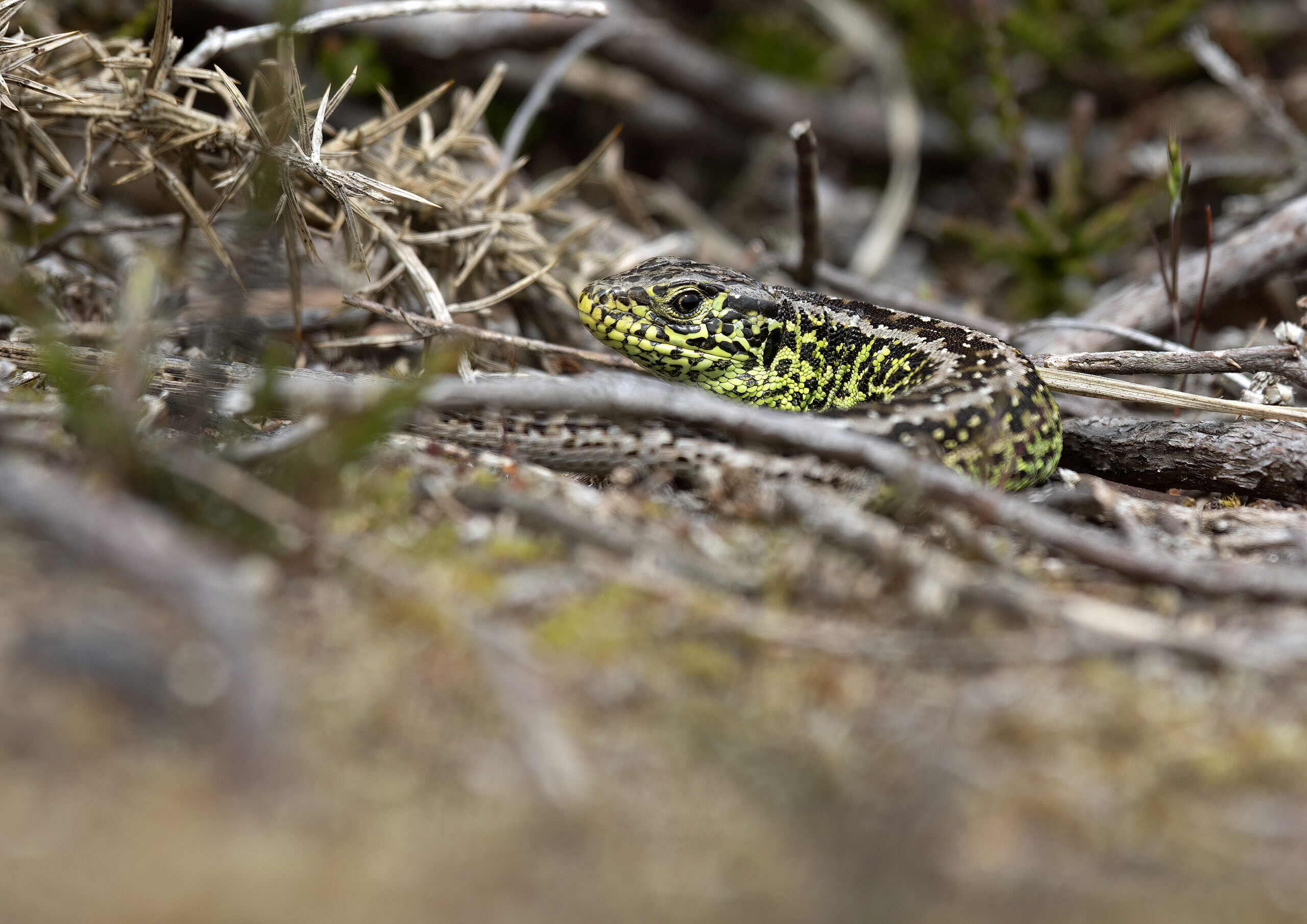
This is a sand lizard, one of Britain’s rarest and most protected reptiles. It was photographed on the Studland peninsula. So the question is: did I commit a criminal offence (the kind you can go to jail for) by photographing it?
To begin with: I know that there are sand lizards at Studland. It’s well known for them, and I’ve seen them there before. So I would certainly count as “reckless” if I ran around the dunes with a lawnmower. On the other hand, the National Trust, which owns most of Studaland, also knows that the lizards are there, and they haven’t fenced the area off. Does that make them complicit if I disturb one?
In addition, although I was very happen to see one, I wasn’t actively looking for sand lizards, I was wandering some of the well-used public pathways at Studland to see what plants and animals were around. I photographed ants and birds and bees and carnivorous sundew plants before I spotted this lizard. But should it make any difference if I went looking for lizards and found one, or if I stumbled across one by accident? The lizard can’t tell the difference, after all. Id wandering the paths at Studland knowing that you might ceom across a sand lizard ‘reckless’?
Secondly, I use a long lens, so I’m always several feet away from the things I’m photographing. But even so, the lizard isn’t stupid. It can hardly have missed a six-foot mammal wandering towards it. But on the other hand, the lizard hasn’t moved. This isn’t a shot of a tail disappearing under some heather. You’ll have to take my word for it that this curled-up shape is the way the lizard was basking when I found it. So is it “disturbed”? If you take the view that my mere presence has caused a disturbance, then any member of the public who travels from the National Trust car park to the beach at Studland, and who happens to read the National Trust’s webpage (which clearly talks about the lizards) beforehand has committed an offence if a lizard wanders out onto the path, as they are wont to do, and then scuttles away under a bush.
This lizard was left as I found it. Photographs were taken, and then I backed away, and when I last looked back, the lizard was literally unmoved by my visit. But had it moved at all, then a court might have to decide whether the lizard moved because an ant was walking over it, or because of the photo I took. That would be an interesting thing to have to prove in court, but of course that is exactly the kind of thing that prosecutors wishing to prosecute, say, a gamekeeper over dead birds of prey have to prove. Unless someone saw me disturb the lizard, or I started throwing hand grenades at the dunes, it’s vanishingly unlikely that I could ever be successfully prosecuted. Exactly the same problem applies to most of our wildlife crimes – witnesses are uncommon.
When I publish this picture, there will be many armchair lawyers who will happily – almost gleefully – tell me that I’ve broken the law. This matters because, as we have seen, the Wildlife and Countryside Act cannot distinguish between the kind of person who stumbles across or even searches for something special, and the kind of sick individual who thinks that boiling baby monkeys is good fun. It means that those who are aware of and care for our wildlife actually face a higher risk of prosecution just because they know something is there. Yet the legislation is almost completely useless in prosecuting those who really are setting out to harm the wildlife. And there’s another factor to consider.
Do you care that hedgehogs are heading for extinction in Britain? Sicne you are reading this blog, I’d guess that the answer is “yes”. Do you care that the stonefly ‘Isogenus nubecula’ may already have gone extinct? I’d guess that the answer is “no”. In fact, it would be a safe bet to assume that you’ve never heard of it. The point is this: while the cute and cuddly will always draw our attention, we care more about things we are familiar with. We see this every day. News from another part of the world doesn’t excite us half as much as something happening in our street, because we can relate to it. As our wildlife gets more and more scarce, so more and more of it needs protection, and that means that more and more of it is effectively kept off-limits to the general public. If the effect of the Wildlife and Countryside Act is to dissuade people from trying to see some of our rarer species, we will quickly move to an “out of sight, out of mind” scenario where our younger generations don’t care about things like the hedgehog dying out because they have never seen one. This effect (which already enjoys a name: “Shifting baseline syndrome”) means not only that our wildlife will continue to die out, but that increasingly, people won’t notice or care about it happening. The Wildlife and Countryside Act risks damaging the very support that our wildlife needs by making criminals out of the curious and letting the truly criminal walk away.
So for me, it is essential that we revisit the Widlife and Countryside Act so that we don’t criminalise curiousity, or a burgeoning love of nature. And while we’re at it, we could do a great deal to tighten up some of the loopholes and inconsistencies of an Act that is, after all, more than forty years old now. Britain’s wildlife deserves better.

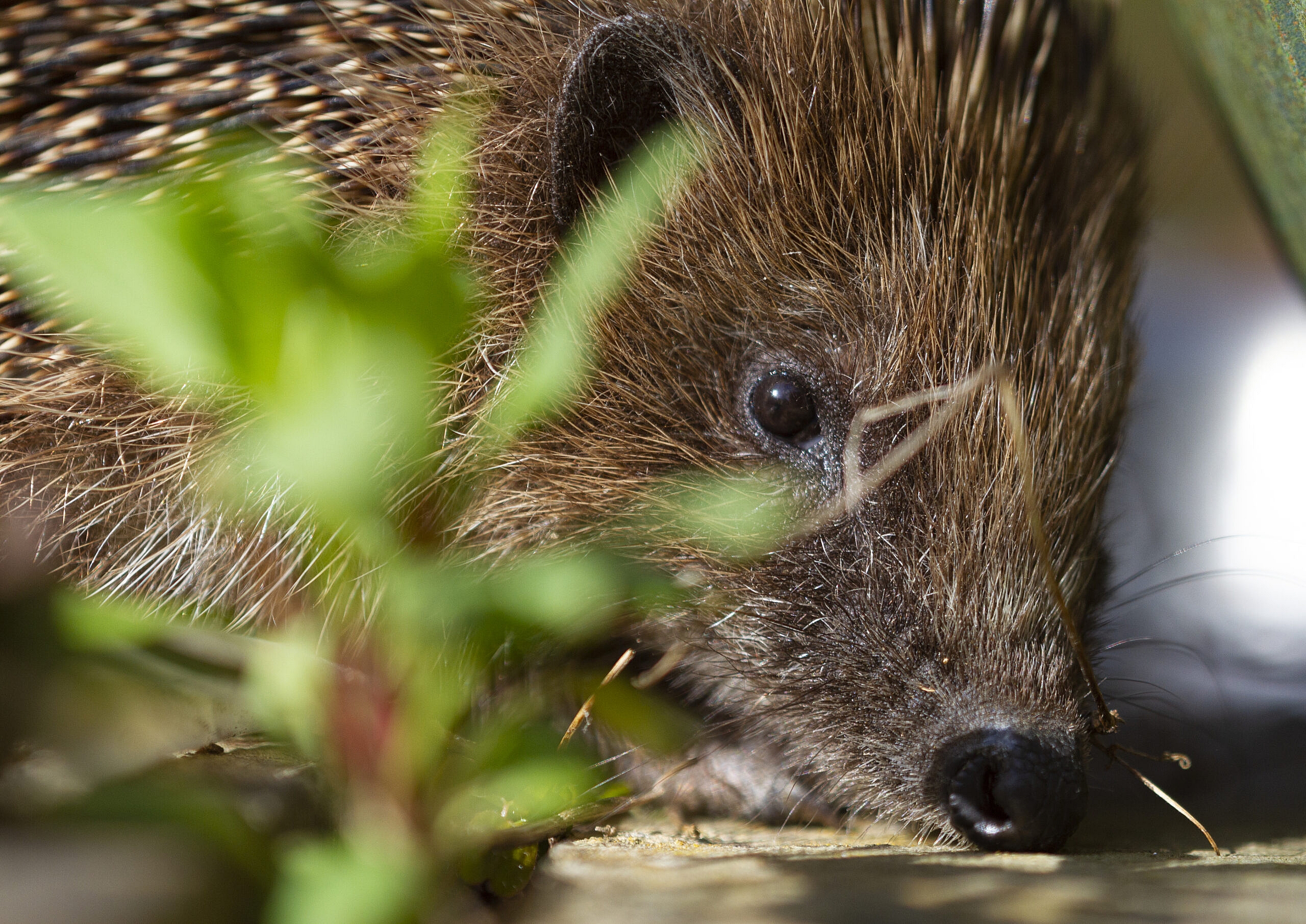
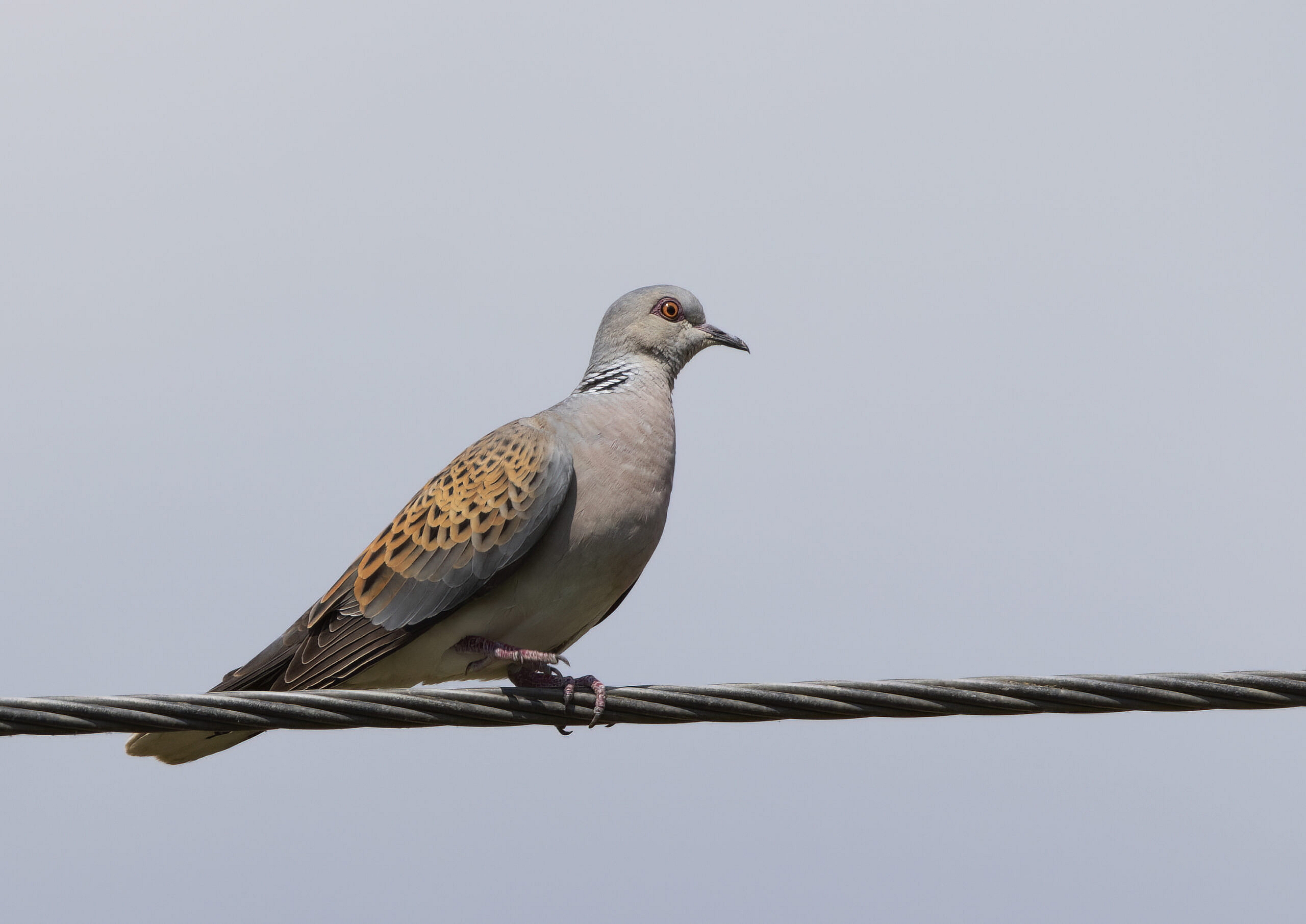
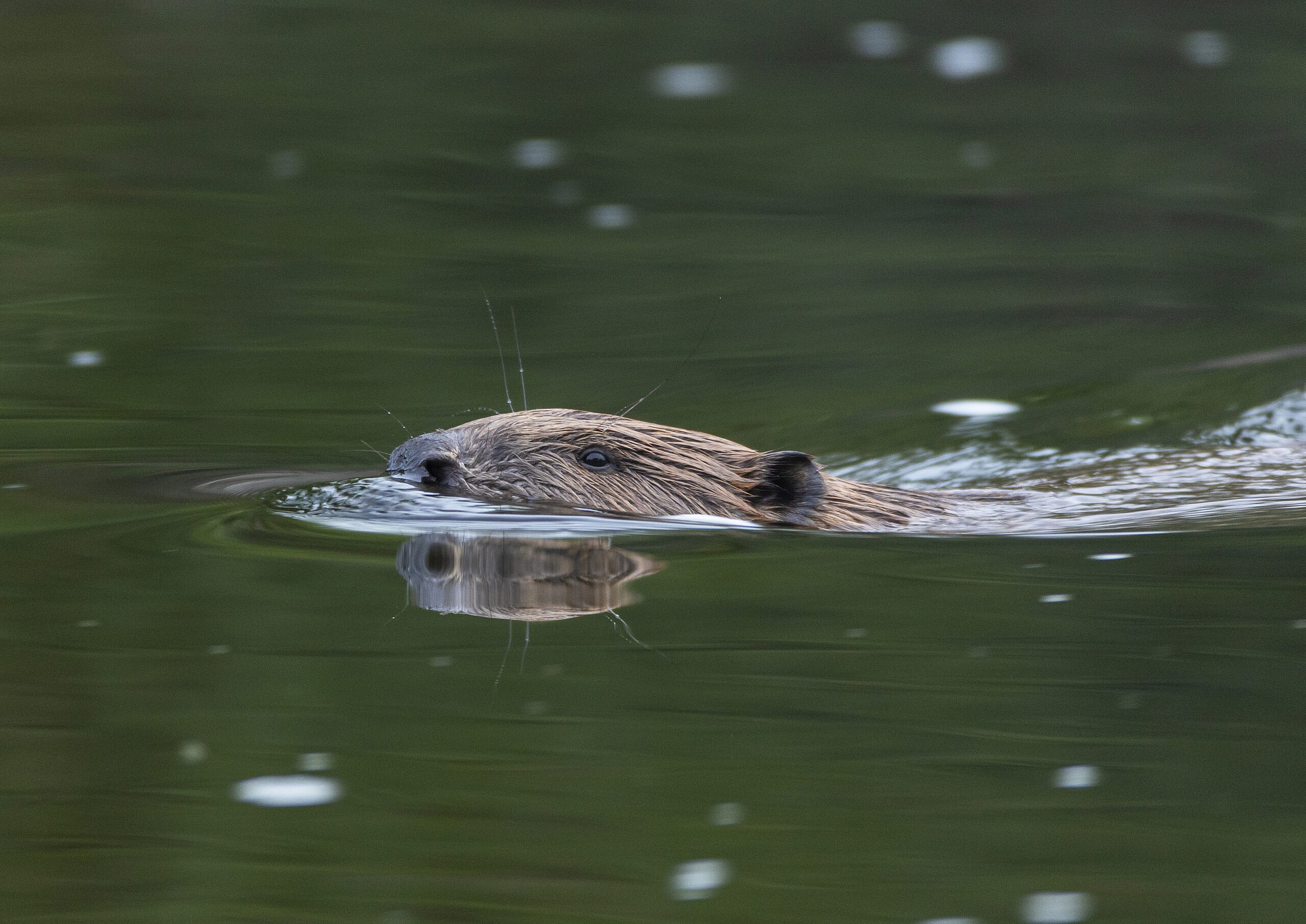

Social Profiles